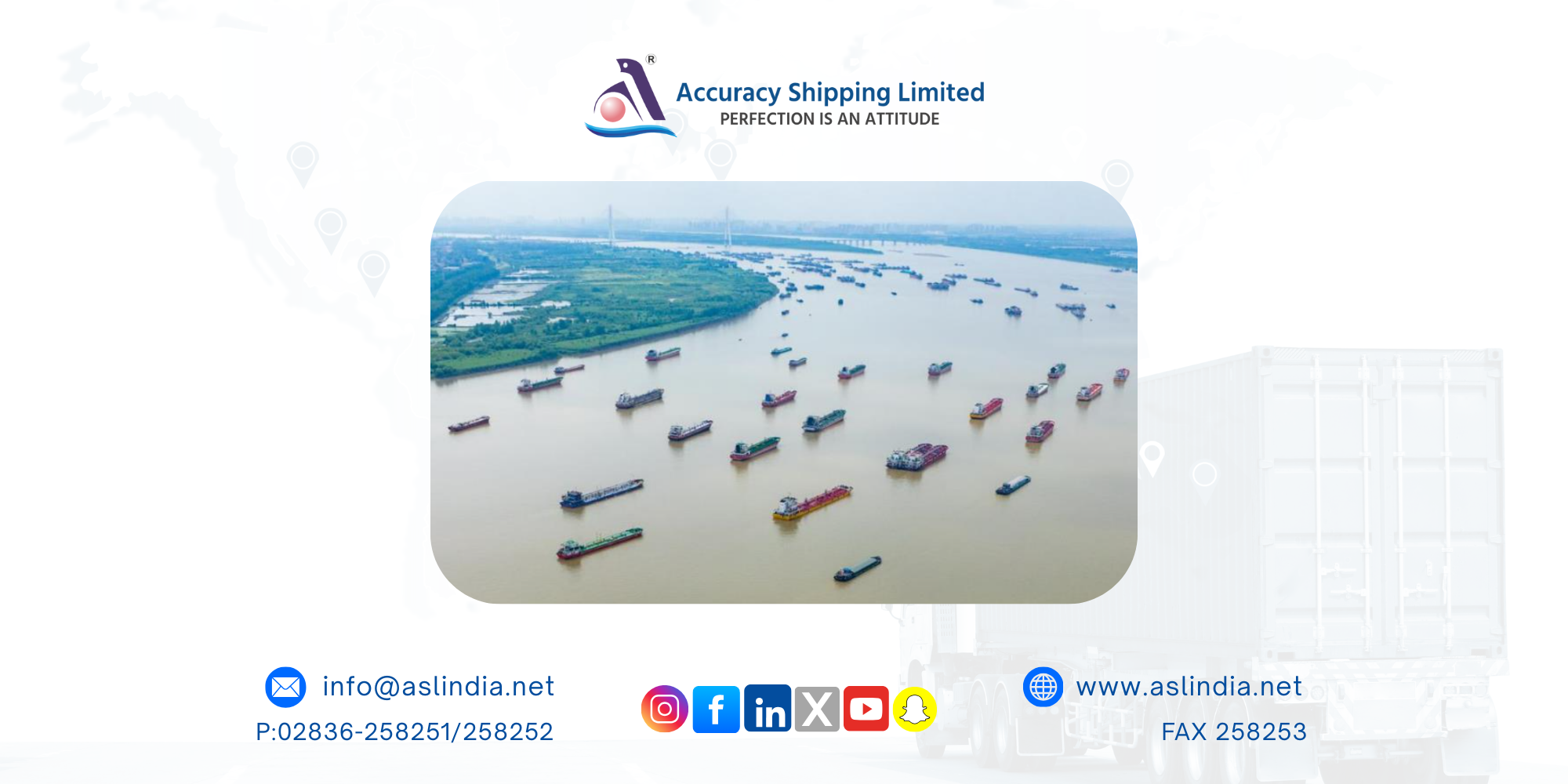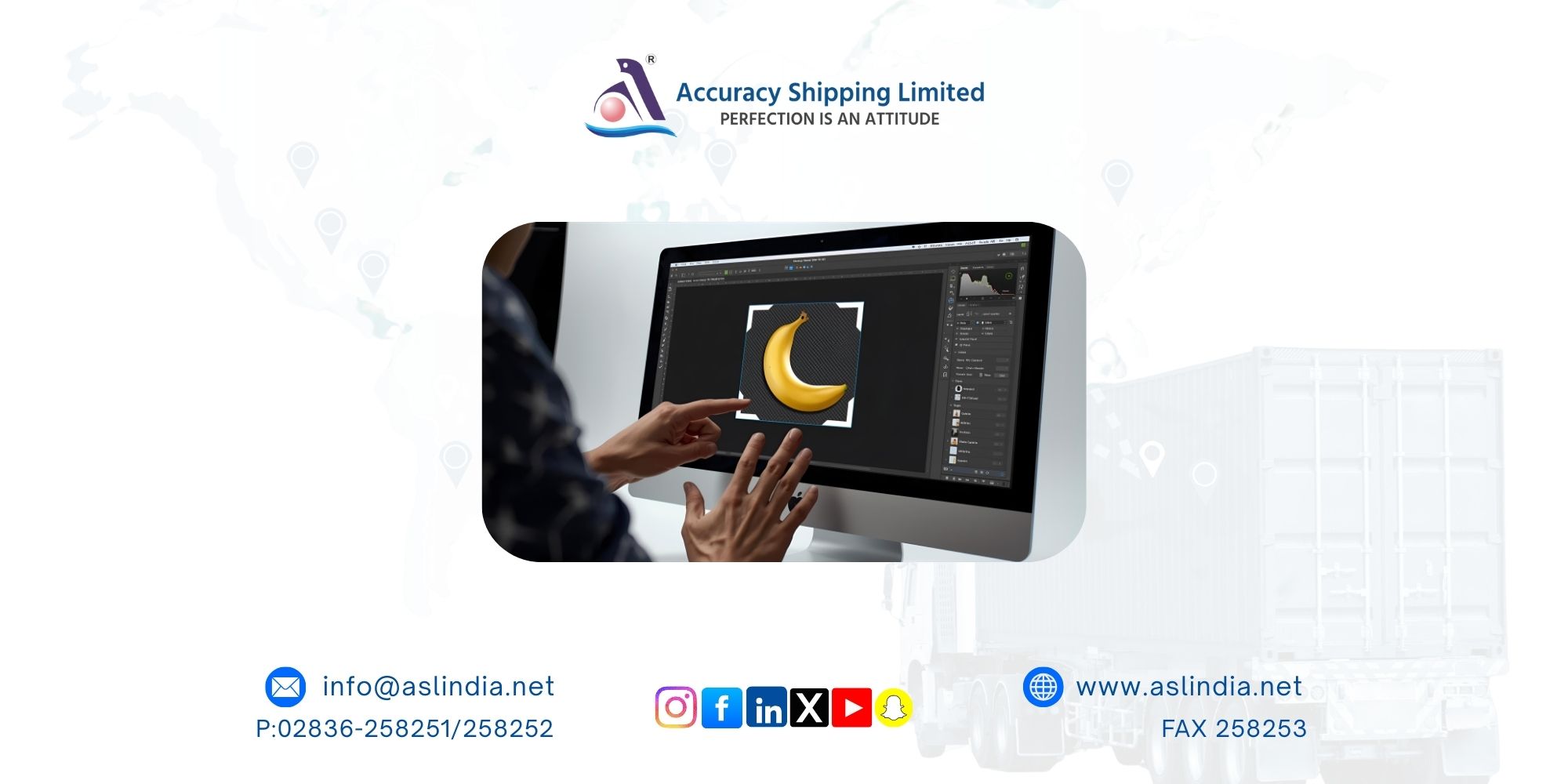Chinese University Develops System to Give Ship 360-Degree Vision

Introduction
In a groundbreaking development, a Chinese university has unveiled an advanced 360-degree visual system designed to provide ships with complete situational awareness. This innovation is set to revolutionize maritime navigation, enhancing both safety and efficiency in global waters.
The Need for Advanced Ship Vision
Traditionally, ships have relied on radar, sonar, and manual lookout systems to detect and navigate around obstacles. However, blind spots and limited visibility have always posed challenges, especially during docking, in congested waters, or under poor weather conditions. A 360-degree vision system addresses these limitations head-on by offering a real-time panoramic view of the ship’s surroundings.
How the System Works
The system, developed by a research team at a leading Chinese university, integrates multiple high-definition cameras, sensors, and artificial intelligence algorithms. These components work together to stitch live images into a seamless 360-degree display. The AI also analyzes movement, identifies potential hazards, and assists in decision-making for navigation and collision avoidance.
Applications in Maritime Industry
This technology can be particularly beneficial in the following areas:
Port Navigation: Helps captains maneuver in tight docking spaces.
Night Sailing: Enhances visibility during low-light conditions.
Autonomous Shipping: Paves the way for unmanned vessels.
Search and Rescue Operations: Increases efficiency during emergency response.
Benefits for the Global Shipping Sector
With the ability to see in all directions, captains and ship operators can react faster to surrounding traffic, environmental changes, and unexpected obstacles. This minimizes the risk of collisions and improves route planning. The maritime industry, which continues to adopt digital technologies, stands to gain immensely from such real-time, data-driven tools.
China's Growing Role in Maritime Tech Innovation
This development highlights China’s commitment to leading innovation in marine technology. With global trade heavily reliant on safe and timely maritime transport, such systems will likely become standard equipment in future commercial and defense vessels.
Conclusion
The 360-degree vision system is a leap forward in maritime safety and automation. As the shipping industry faces growing demands for smarter and safer navigation, this Chinese innovation represents a major step toward next-generation seafaring solutions.







